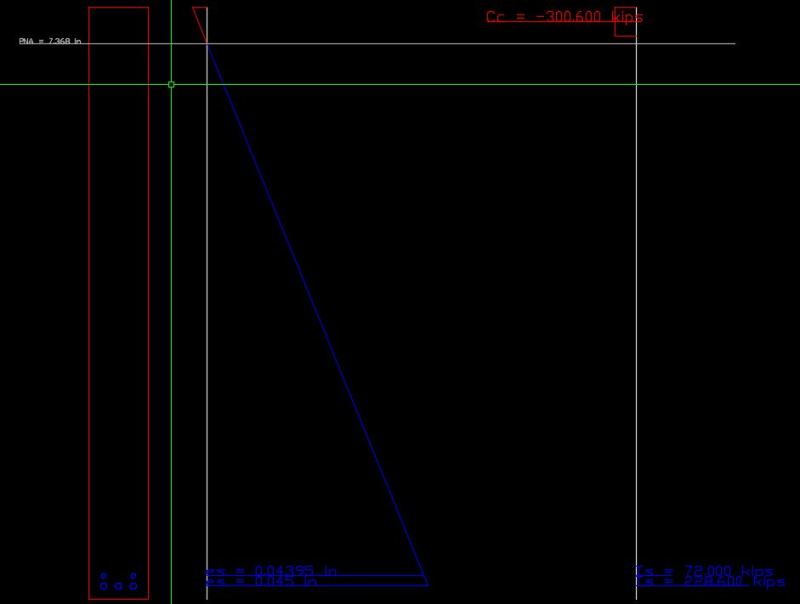This is a problem that has existed in design codes for years.
There are no problems with higher ductility reinforcing products such as those used for Earthquake design which are normally in the order of 10 - 15% strain.
But for normal reinforcing steels there are reasons for limits but the design codes do not apply them.
At a minimum reinforcement level equivalent to the cracking moment of the section, the strain in the steel will be in the order of 5%. As the reinforcing level increases, this strain reduces.
If you add the effects of strain localisation at a crack, this strain actually increases so it is significantly higher than 5%.
For the lower ductility reinforcement products like welded wire products, European Class A (at 2.5%), Australian Class L (at 1.5%)these actual strain levels are a real problem and need to be addressed by design codes.
Unfortunately it always seems to be in the too hard basket. The lower the ductility of the reinforcement, the higher the minimum reinforcement requirement should be to account for this.







